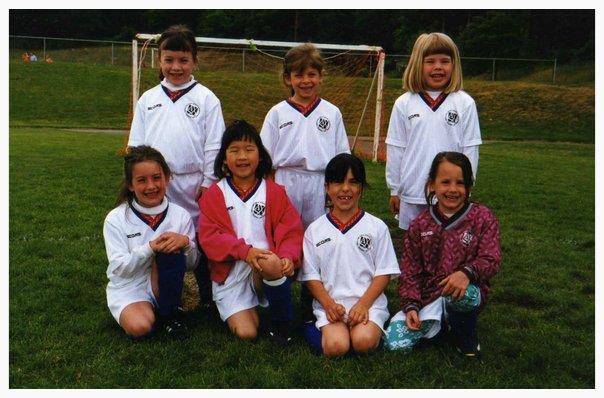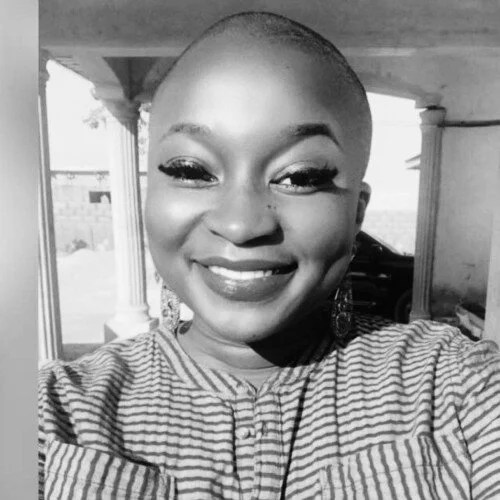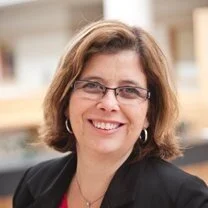On Identity & Belonging: My Franco-Finnish Family's Story
/On Identity and Belonging: My Franco-Finnish Family’s Story
Guest post by Annika Bourgogne
This month it has been 20 years since my husband left his native France. Little did he know, at the tender age of 21, that his 12 months of studying abroad would turn into two decades and a family life there. Or that he would become very attached and integrated into his new homeland even if he naturally missed his native country and, despite the years passing, held tightly onto his cultural identity as a Frenchman.
Gilles arrived in Finland shortly before France started nuclear testing in the South Pacific in the nineties. A lot of the anger and resentment against France was directed towards the French students, and his first years abroad were not always easy. He felt that learning the local language and adjusting as much as possible to the way of life of his host country were the best ways to show people that he wasn’t just an outsider, but respected the new culture and wanted to integrate. He took language classes to perfect his Finnish skills, paid taxes, and went about his life like almost any other man his age in this country. At his bachelor party, he wore a blond wig and underwent a mock christening to become a “real Finn.” It took us until our children were born to realize that the acceptance of my husband in his new homeland did not have to happen at the expense of losing the culture he grew up with.
With the birth of our oldest daughter, we needed to rethink the cultural identity of our family. We finally accepted that we were not like most families in our neighborhood; we were a bicultural family, and after all the years of trying to erase that difference, we were ready to embrace it and pass on to baby Emma all of her cultural heritage.
Since then, for the past 13 years, we have been performing a balancing act with our two cultures. Often this has meant reinforcing the one that is less present in the everyday life while at the same time taking special care to not undermine the culture of their birth country. To do this, we have helped our children become bilingual, celebrated the traditions of both countries, and spent summers in France to help them identify as a part of their French family, too. And the most important, if you ask their dad: we have taught them to cheer for Finland in ice hockey and for France in soccer. It could have, of course, been the other way round too, but frankly, the odds of winning would not have been as high!
The occasional struggles (and feelings of having two personalities!) come from the fact that in both cultures there are inevitably some aspects that you like and some that you don’t. The good news is that we as a family can often take the best from both worlds. As a Finn, I am very attached to many things in Finland, but there are many aspects of French culture that I couldn’t imagine life without. And no, I’m not only talking about wine. There's also cheese. And, joking aside, there’s wonderful literature, music, and lovely family dinners with great conversation that lasts for hours, to name just a few.
As a teacher, I often meet immigrant students and families who seem to believe that in order to integrate they need to leave their own cultural and linguistic heritage behind in favor of that of their host country. In the process, however, they are depriving their children of their heritage language, the culture, and perhaps even a natural relationship with a parent who may speak only rudimentary Finnish. I therefore try to encourage my immigrant students to speak and read in their first language and value their birth culture and traditions. Even if they now also belong to a new culture, it should never have to be just one or the other. Retaining one's own heritage while embracing the culture of the host country is not only for their own benefit; the whole host nation gains something from the diversity. Over the years my husband has learned to operate as a bridge between his two cultures and shown our children a great example of embracing both.
“So, you're half Finnish and half French?” my daughter was asked at a sports event where she had painted a French flag and a Finnish flag on her face. “No,” she shot back. “I'm Finnish AND French.” And there's nothing “half” about that.
-------------
Annika Bourgogne is a language teacher and the author of Be Bilingual - Practical Ideas of Multilingual Families. She lives in Helsinki, Finland with her French husband and two bilingual daughters. You can access her book here, where she blogs on topics of language, culture, and identity: http://www.be-bilingual.net.




















